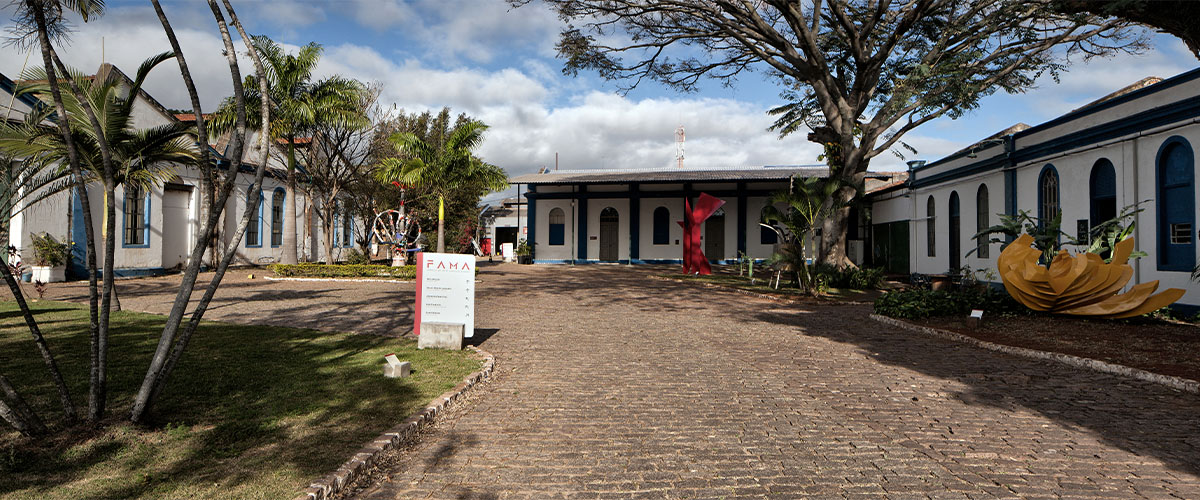RIO DE JANEIRO, BRAZIL – Encouraged by the possibility of having remote work as a long-lasting policy in the company, many families saw the chance to anticipate the goal of living in the interior of the state.
After all, why face the traffic of a big city and mobility problems when you only have to go to the office a few days a week and travel an hour or an hour and a half to do so?

The result was an explosion in prices: medium and high standard developments in cities outside the São Paulo metropolitan region cost up to 108.9% more in 12 months.
This is what a study by Brain consulting points out, carried out in 65 cities in São Paulo that register the highest number of available lots. The study compares the second quarter of 2021 with the same period in 2020.
According to the survey, among closed lots, the condominiums, the cities that registered the most price increases was Itu, 98 km from the capital, in which the price per square meter went from R$ 424 to R$ 886 in the period, a 108.9% growth.
In Monte Mor, located in the metropolitan region of Campinas and where the square meter cost R$ 524 in the second quarter, there is no longer any stock of units in closed condominiums.
See below the price increase ranking of closed condominiums:
Municipality 2Q2020 2Q2021 Variation
- Itu 424 886 108,9%
- Monte Mor 520 No more inventory
- São José do Rio Preto 509 858 68.6%
- Boituva 360 488 35,6%
- Nova Odessa 500 650 29,9%
- Indaiatuba 780 1.004 28,8%
- Presidente Prudente 649 795 22.5%
- Barretos 463 559 20.6%
- Ribeirão Preto 572 687 20.1%
- Franca 699 800 14.5%
- Jundiaí 971 1,089 12.2%
- Piracicaba 595 658 10.6%
- Bauru 609 665 9.2%
- São José dos Campos 669 726 8.6%
- Salto 413 440 6.7%
- Marília 710 751 5.9%
- Sorocaba 513 502 -2.1%
When free standing lots are analyzed, which are houses outside condominiums, the price increased in Itapeva, 286 km from the capital, where the square meter went from R$ 414 to R$ 681, a rise of 64.4%.
In Boituva, 116 km from the city of São Paulo, condominiums were on average 48% more expensive, and the square meter went from R$ 442 to R$ 654. In Cotia, 32 km from the capital, prices went up 43.9%.
According to Brain, a clear indicator of the market heating, in addition to the rise in prices, is the stock of available properties, the lowest since 2017. There are 32 thousand units for sale in the 65 cities. In 2017, there were 61 thousand.
In Itu, only 3.7% of the total properties launched for sale remain, included in seven developments. In Jundiaí, 6.7% of 10 launched developments remain.
In Campinas, only 1,500 units were being sold at the end of the quarter because sales are very heated in the city, says Fabio Tadeu Araújo, partner director of Brain. “As a consequence, buyers with higher incomes seek nearby but smaller cities, such as Hortolândia and Jaguariúna, which cost half the square meter of Campinas.”
According to Rodrigo Gordinho, CEO of the 1M2 subdivision sales platform, municipalities located 100 kilometers to 150 kilometers from the city of São Paulo, such as Itupeva, Atibaia, Campinas, Itu, Bragança Paulista, and Itatiba, are the most sought after. “They attract the people from São Paulo who can take a meeting in the city and come back.”
Cassia Castro, partner of Eixo Inteligência Imobiliária, a company that prospects and negotiates land for developers in the state, points out that the trend also reaches luxury developments.
Condominiums such as Quinta da Baroneza, Fazenda da Grama and Terras de São José, among others, saw the sale of lots and houses explode. “Those who had ready properties were able to sell them at a premium of up to 50%, something never imagined in the market.”
PUBLIC AND ENTERPRISE PROFILE
Young people and couples with small children still do not fit the buyer’s real estate profile in the interior, says the partner director of Brain.
“The pandemic accelerated the purchase of a public that had already been probing units in the regions, which is that of couples with more mature children, who have their own cars. They are semi-retired, executives and managers, most of them in their 50s.”
“The logistic chain in the country became more sophisticated due to the increase in the use of e-commerce. Many buyers saw that they could receive anything with the technology, and they didn’t need to be in an urban center for that. The public mostly looks for nearby cities with services, including retail, schools, sports activities, and health structures.”
The subdivision company Corpal develops projects in the countryside of São Paulo and, by creating them, seeks to value green areas and the issue of quality of life outside the big cities. “Remote work facilitated the goal of living in the countryside and working in São Paulo. There is an inversion: the second home in the countryside has become the first home,” says Fernando Fuzuy, CEO of the developer.
Those who want to make this migration are looking for higher standard projects, adds the executive. “We see a low inventory of more expensive units, unlike the more popular ones, which have more options.” According to 1M2, the search is concentrated in closed condominiums, with leisure areas for the family to enjoy.
About the increase in the square meter price, Fuzuy points out that it wasn’t caused only by the demand but also by the explosion of input prices. “In our developments, we increased the price by 30%. We consider it a pass-through of material inflation.”
Another issue contributing to the price increase is a long time for project approval, which can reach 700 units. “This increases the value of the finished developments since it makes it more difficult to supply the demand, which has exploded.”

